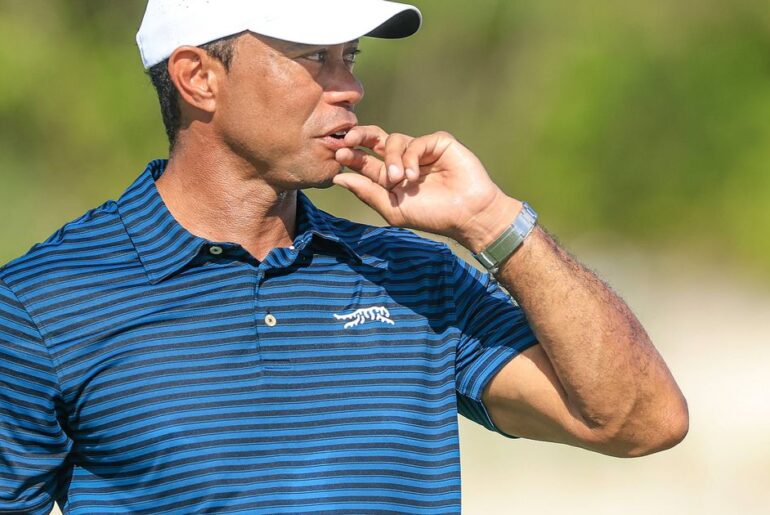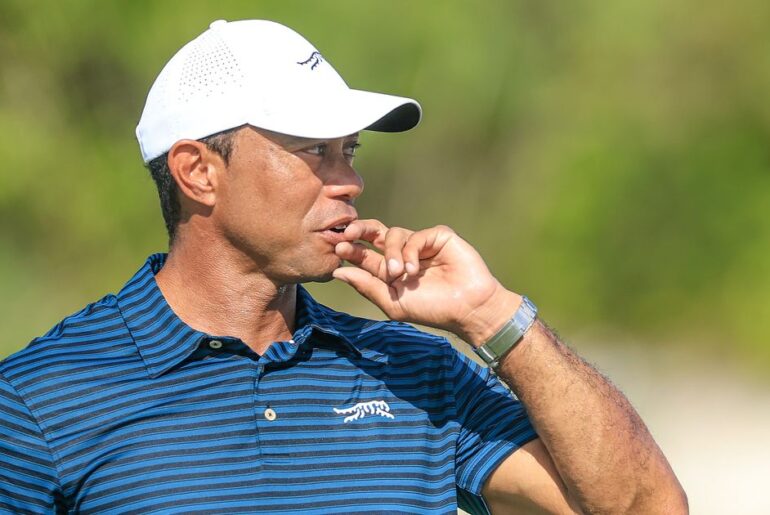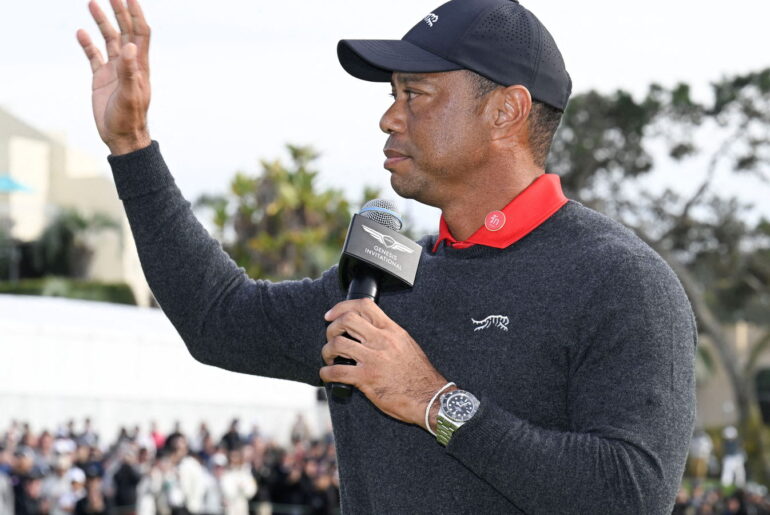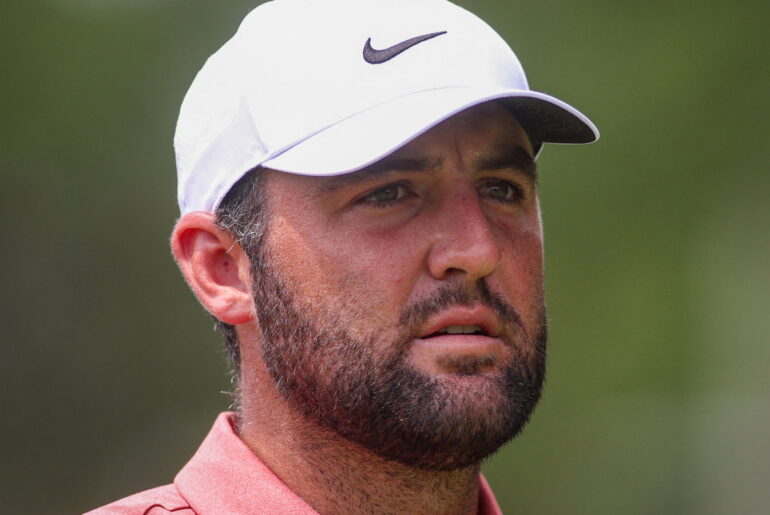The PGA Tour has recently taken major steps towards attempting to improve its product, with Tiger Woods playing a key role.
Woods congratulated Brian Rolapp on his new role as PGA Tour CEO, with the 15-time major champion having helped inform that decision.
Rolapp already has a lot on his to-do list, one of which will be to try and combat the issue of slow play on the course.
LIV Golf’s Ian Poulter thinks slow play has ‘always been an issue’, while it is one that certainly hasn’t been limited to the men’s game.
LPGA Tour star Nelly Korda was frustrated by slow play at the Women’s PGA Championship at Fields Ranch East last month.
 Photo by Darren Carroll/PGA of America via Getty ImagesSteve Williams suggests cause of slow play on the PGA Tour
Photo by Darren Carroll/PGA of America via Getty ImagesSteve Williams suggests cause of slow play on the PGA Tour
Another high-profile golfing figure has now shared his take on the problem, with longtime PGA Tour caddie Steve Williams offering his opinion on GOLF’s Subpar podcast.
He said: “I had a brief stint caddying for Jason Day and nothing against Jason, I would call him a modern day player and I would call Tiger an olden day player.
READ MORE: Who is Tiger Woods? A look inside the life of the greatest golfer of all time
“When I was caddying for Jason, he was using the up and down, he had information about how far the ball went in 70-degree, 80-degree, 90-degree, 100-degree weather and all these different things. It became overwhelming.
“It was interesting when you use that up and down, sometimes at the sixth hole at Augusta, it is very much downhill but sometimes we would nearly use it and sometimes we got to the hole there and it was a considerable wait on the tee and I’d think to myself what am I thinking and what is that number indicating, it was too great a difference, so we never used that thing.
 Photo by Andrew Redington/Getty Images
Photo by Andrew Redington/Getty Images
“Tiger was a feel player. I think that is why he was so successful playing on links courses, golf courses that were target courses, parkland courses, your Bethpage type courses. I think he played strictly by feel. He did not use all those numbers that are required.
“I think today part of the problem is that the information that is available now has contributed to the slow play on Tour.
“I think there is just too much information now, whether that is a good thing or bad thing is an individual choice.”
What are the PGA Tour doing to address slow play?
Williams arguably knows more about speed of play than most, with the New Zealander having spent 13 years on the bag of Woods.
He has a huge 14 major championship wins on his CV, 13 of which came with the former world number one.
Williams has also worked with several other high-profile names, including Day, Greg Norman and Adam Scott.
READ MORE: Michael Kim makes comment about Patrick Cantlay’s pace of play after playing with him at the Rocket Classic
His opinion on the matter is, therefore, certainly worth a listen, but it is not the first and it won’t be the last.
Slow play continues to be a problem across the likes of the PGA Tour and the LPGA Tour, but an ideal solution remains elusive.
Some golfers, such as Charley Hull, have been more outspoken on the issue than others, but many recent events have proven that their frustrations are not being addressed.
In March of this year, however, the start of the 2025 PGA Tour Americas season coincided with a revised Pace of Play policy.
It was adjusted after fan feedback, and includes a one-stroke penalty for a first ‘bad time’ offence, which is when a player exceeds the applicable time to play a stroke.
Also implemented on the Korn Ferry Tour, a second ‘bad time’ offence results in a two-stroke penalty, with a third resulting in disqualification.
And in another new development regarding the problem, the average time it takes groups to play each hole was made available for fans to view on the PGA Tour website during last week’s Rocket Classic.







